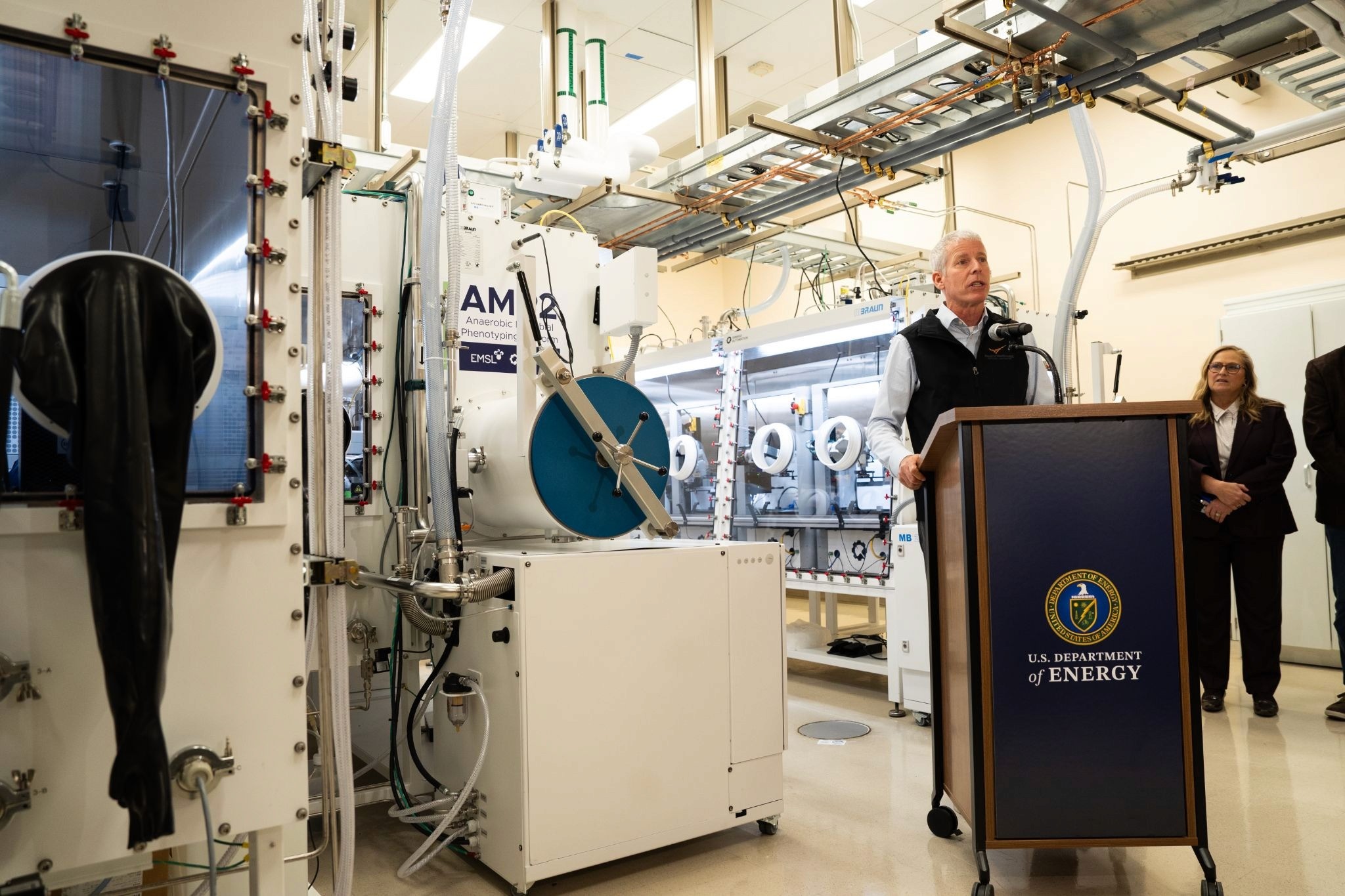Tiny Bubbles, Big Impact: Breakthrough in Biomedical Engineering
Diving into the microscopic world, Rice University's research on gas vesicles opens new doors in synthetic biology and biomedical engineering
Apr 3, 2024
[DALLE]
In the world of microscopic marvels, a discovery at Rice University is making waves, revealing the intricacies of nature's ingenious engineering and pointing the way to groundbreaking biomedical applications. Imagine the tiny, intricate world inside the cells of certain microorganisms, where hollow, protein-based structures known as gas vesicles emerge, forming breathtaking honeycomb patterns. These natural wonders aren't just eye candy; they're a frontier in biotechnological innovation, as George Lu, an assistant professor of bioengineering and a Cancer Prevention and Research Institute of Texas scholar, elaborates.
"Inside cells, gas vesicles are packed in a beautiful honeycomb pattern. How this pattern is formed has never been thoroughly understood. We are presenting the first identification of a protein that can regulate this patterning, and we believe this will be a milestone in molecular microbiology,” Lu shares, his words resonating with the promise of uncharted scientific territory.
These findings birthed from the minds of Lu and his colleagues, have found a home in a paper in 'Nature Microbiology,' marking a significant chapter in the unfolding story of these gas vesicles. Spearheading the research, Zongru Li, a bioengineering doctoral student, plays the role of chief explorer in Lu's Laboratory for Synthetic Macromolecular Assemblies.
Gas vesicles, as Li describes, are no ordinary structures. "Gas vesicles are cylindrical tubes closed by conical end caps," he explains. "They provide buoyancy within the cells of their native hosts." These vesicles, naturally found in a variety of bacteria and archaea, float in fresh-water ponds, unbeknownst to the casual observer.
Their recent engineering has opened a Pandora’s box of applications – from reporter gene imaging to acoustic control and payload delivery. It's a classic case of science turning nature's designs into technological marvels. Yifan Dai, an assistant professor at the McKelvey School of Engineering at Washington University in Saint Louis and a fellow inquirer, joins the quest with a pivotal question: What's the secret behind the honeycomb pattern of these vesicles?
Dai's curiosity, coupled with contributions from colleagues at WashU, Duke University, and beyond, sheds light on this enigma. The teams uncover that this pattern is not just aesthetically pleasing but a masterclass in spatial efficiency. These protein clusters, intriguingly, form in a subsaturated solution—a revelation in itself.
"These teams led by Lu lab found that a unique form of protein clusters exclusively assembled in subsaturated solution drives the clustering behaviors," Dai says, pointing to the broader implications of phase transition in cellular organization and functions.
Lu's team, armed with genetic, biochemical, and imaging tools, delves into the secrets of these protein nanostructures. These gas vesicles, stabilizing air bubbles within bacterial cytosol, present a new frontier for ultrasound or MRI contrast, bridging the gap between biology and technology.
"In our lab, we are leveraging the power of synthetic biology to expand the applications of these protein nanostructures," concludes Li, echoing the sentiment of a team standing at the brink of a new era in biotechnology and biomedical applications. It's a story of science's relentless pursuit, a journey into the microscopic, and a testament to the boundless possibilities when we harness the wonders of the natural world.


















